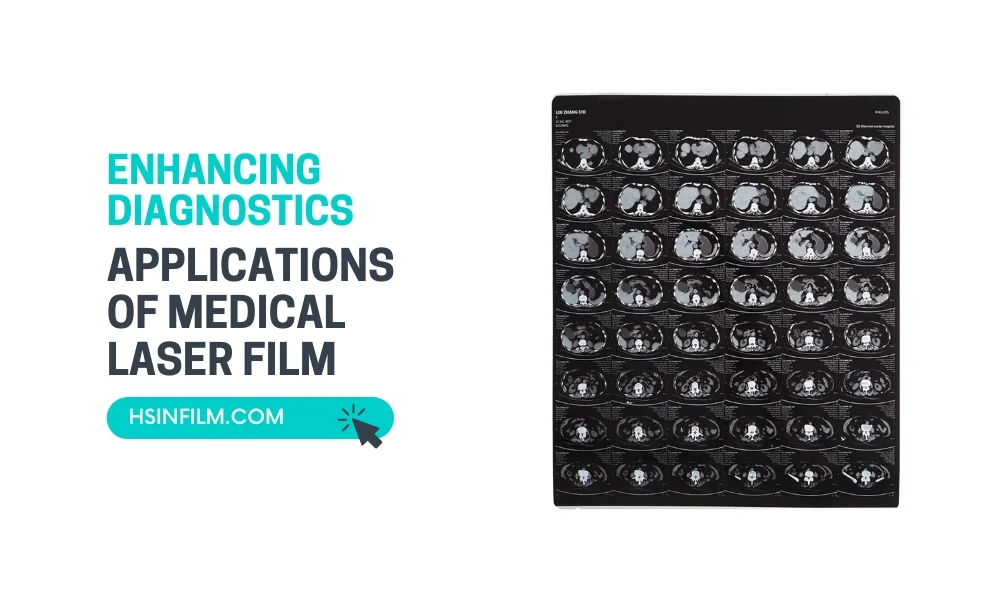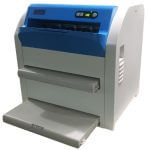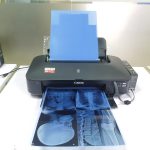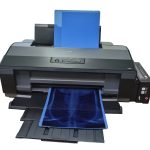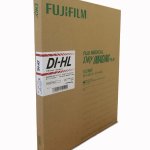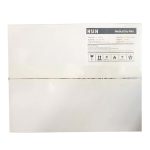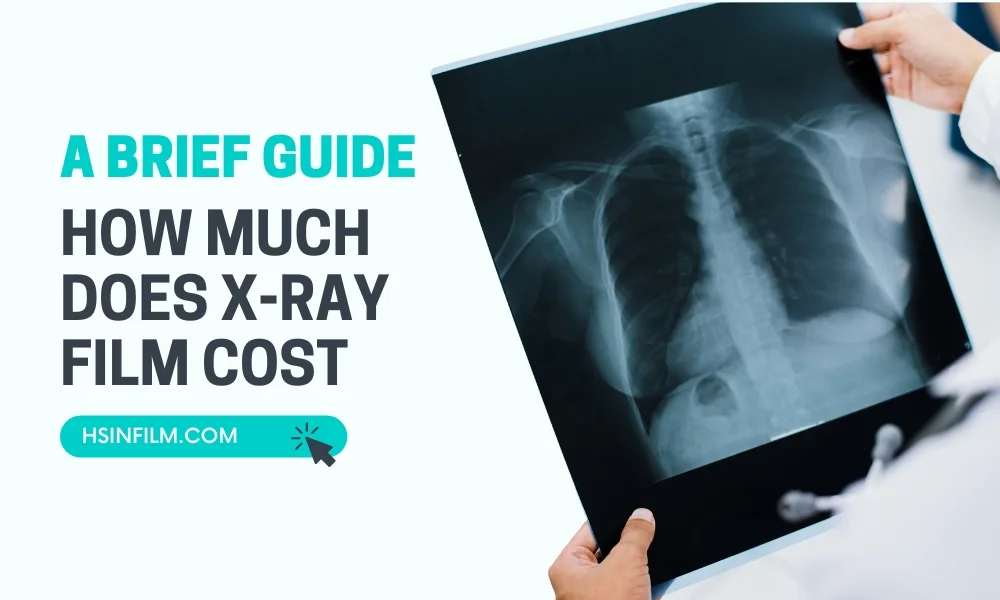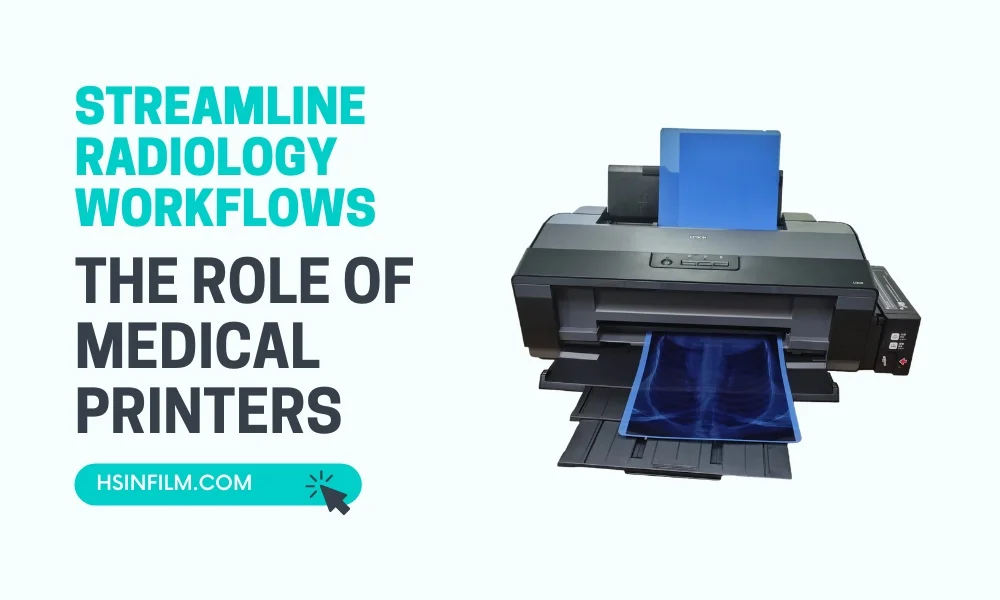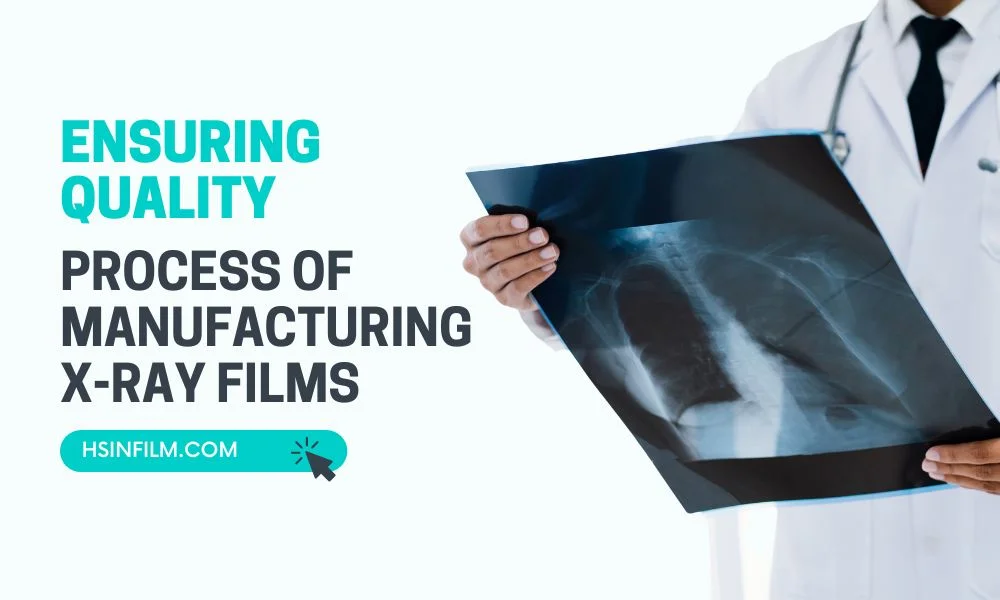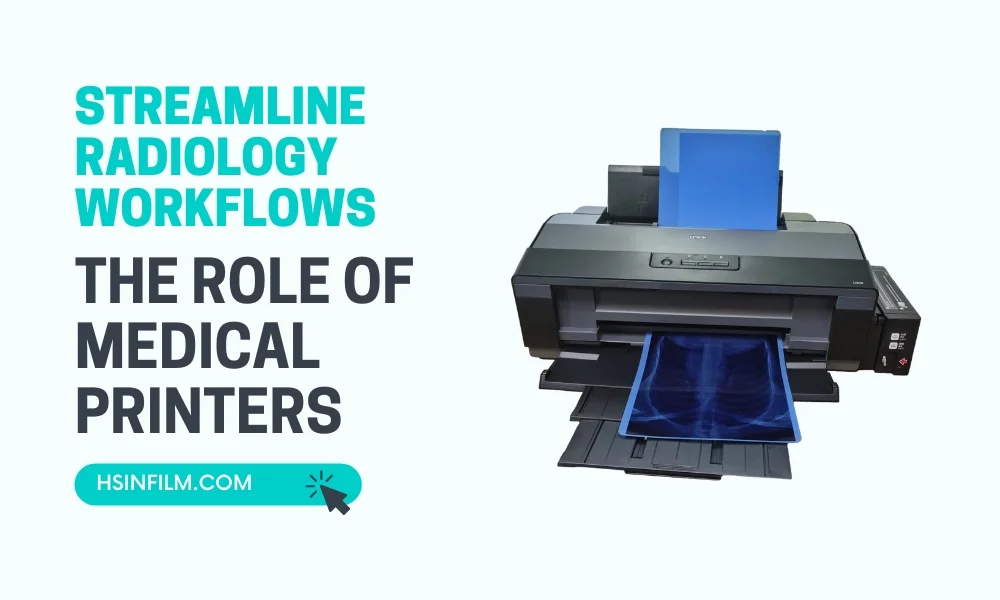Medical laser film has revolutionized the field of diagnostic imaging, offering high-quality images that are crucial for accurate diagnosis across various medical specialties. In this blog post, we will explore the applications of medical laser film and how it enhances diagnostics in different areas of healthcare. We will also discuss the advantages it provides and the future of this important technology.
Table of Contents: Applications of Medical Laser Film
Introduction to Medical Laser Film
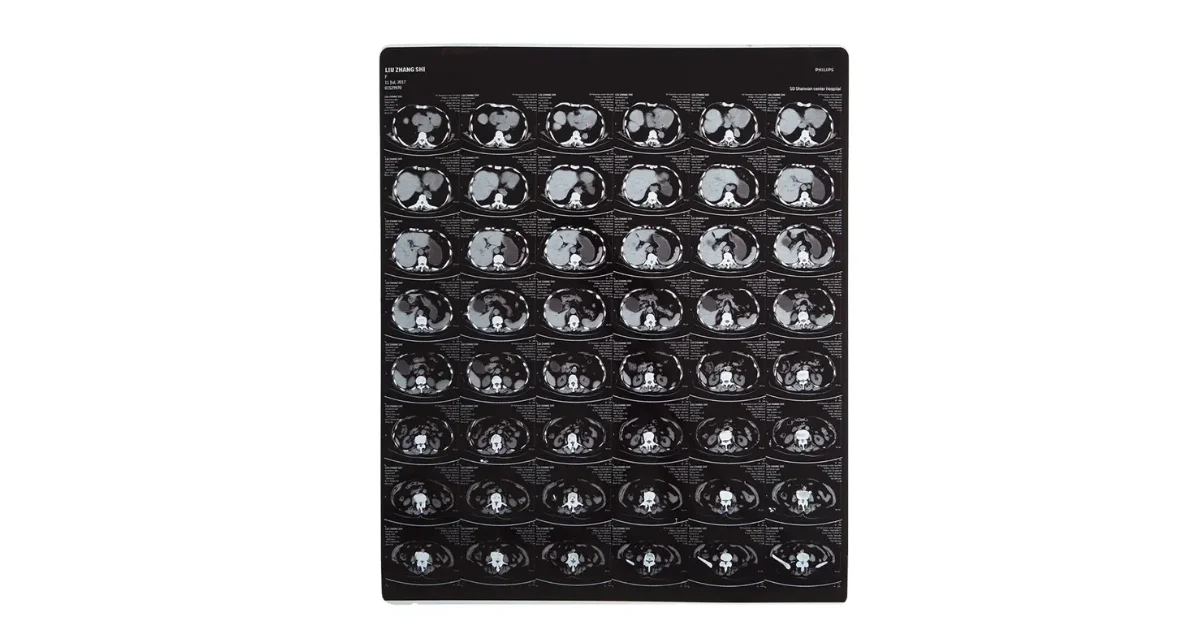
What Is Medical Laser Film?
Medical laser film is a type of radiographic film that uses laser technology to produce high-resolution images. Unlike traditional X-ray film, medical laser film is known for its superior image quality, precision, and consistency. It is widely used in medical imaging for creating detailed diagnostic images from various modalities like X-rays, CT scans, MRIs, and ultrasounds.
Why Is It Important?
Medical laser film is crucial for obtaining clear and accurate images, which are essential for diagnosing a wide range of medical conditions. Its precision and clarity help healthcare professionals make better decisions and provide more effective treatments.
So, what exactly is this marvelous tool we’re talking about? Medical laser film, in essence, is a high-resolution film used predominantly in the imaging field. Think of it as the canvas where the masterpieces (medical images) come to life, revealing what’s hidden.
Did you know? Medical laser films are the unsung heroes behind the crisp images that allow doctors to detect ailments with astounding accuracy.
Key Applications of Medical Laser Film
Radiology
Diagnostic Imaging
In radiology, medical laser film is used to produce high-quality images for diagnostic purposes. It helps radiologists to:
- Identify fractures and bone abnormalities.
- Detect tumors and other growths.
- Evaluate organ function and structure.
Mammography
For breast cancer screening and diagnosis, medical laser film provides detailed images that help in the early detection of tumors, improving the chances of successful treatment.
Cardiology
Angiography
Medical laser film is used in angiography to produce clear images of blood vessels. This helps cardiologists to:
- Detect blockages or narrowing of blood vessels.
- Plan interventions like angioplasty or stenting.
- Monitor the effectiveness of treatments.
Echocardiography
In echocardiography, medical laser film captures detailed images of the heart’s structure and function, aiding in the diagnosis of heart diseases and conditions.
Orthopedics
Bone Imaging
Orthopedic specialists use medical laser film for detailed imaging of bones and joints. It helps in diagnosing:
- Fractures and dislocations.
- Arthritis and other joint diseases.
- Bone infections and tumors.
Surgical Planning
High-resolution images from medical laser film are used to plan surgical procedures, ensuring precision and reducing the risk of complications.
Neurology
Brain Imaging
In neurology, medical laser film is used for brain imaging through CT scans and MRIs. It helps neurologists to:
- Diagnose brain tumors and cysts.
- Identify strokes and brain hemorrhages.
- Evaluate conditions like multiple sclerosis and epilepsy.
Spinal Imaging
Medical laser film provides detailed images of the spine, aiding in the diagnosis of conditions like herniated discs, spinal stenosis, and vertebral fractures.
Oncology
Cancer Diagnosis
Oncologists use medical laser film to detect and monitor tumors in various organs. It helps in:
- Early detection of cancer.
- Assessing the size and spread of tumors.
- Planning and evaluating treatment effectiveness.
Radiation Therapy Planning
Medical laser film is also used in radiation therapy planning, ensuring precise targeting of cancerous tissues while sparing healthy tissues.
Pediatrics
Pediatric Imaging
In pediatrics, medical laser film is used for imaging children. It helps in diagnosing conditions such as:
- Congenital abnormalities.
- Growth and development issues.
- Injuries and infections.
Neonatal Care
For newborns, medical laser film provides detailed images that are crucial for diagnosing and treating conditions like respiratory distress syndrome and congenital heart defects.
Advantages of Medical Laser Film
High Resolution and Clarity
Medical laser film offers superior image quality with high resolution and clarity, which is essential for accurate diagnosis.
Consistency and Precision
The consistency of medical laser film ensures that images are precise and reliable, which is critical for tracking the progress of diseases and evaluating treatment outcomes.
Versatility Across Modalities
Medical laser film can be used with various imaging modalities, making it a versatile tool for different diagnostic purposes.
Reduced Radiation Exposure
The use of medical laser film can help reduce radiation exposure to patients, as it often requires fewer repeat scans due to its high image quality.
Cost-Effective
Although the initial cost of medical laser film can be higher, it is cost-effective in the long run due to the reduced need for repeat imaging and enhanced diagnostic accuracy.
Tips for Using Medical Laser Film Effectively
Proper Handling and Storage
- Avoid Exposure to Light: Medical laser film should be handled in low-light conditions to prevent exposure and damage.
- Store in Cool, Dry Places: Store film in a cool, dry environment to maintain its quality and prevent deterioration.
Regular Maintenance of Equipment
- Calibrate Imaging Equipment: Regularly calibrate imaging equipment to ensure the quality and accuracy of images.
- Clean and Inspect: Keep equipment clean and inspect it regularly to prevent artifacts and maintain image quality.
Training and Education
- Continuous Training: Ensure that healthcare professionals receive continuous training on the latest advancements and best practices in medical imaging.
- Patient Safety: Educate staff on patient safety protocols to minimize radiation exposure and ensure proper handling of imaging materials.
Quality Control
- Regular Quality Checks: Implement regular quality checks to maintain high standards in imaging and diagnostic accuracy.
- Compliance with Standards: Ensure compliance with industry standards and regulations for medical imaging.
Conclusion
In the vast universe of medical imaging, the applications of medical laser film play a crucial role in enhancing diagnostic accuracy across various medical specialties. Its applications range from radiology and cardiology to pediatrics and oncology, providing high-quality images that are essential for effective diagnosis and treatment. With ongoing advancements in technology and expanding applications, medical laser film will continue to be a vital tool in the healthcare industry. By following best practices for its use and handling, healthcare professionals can ensure optimal results and contribute to better patient outcomes.
FAQs
Q: What is a medical laser film?
A: A medical laser film is a high-resolution film primarily used for medical imaging. It interacts with laser technology to produce sharp and clear diagnostic images.
Q: Why is it called “laser” film?
A: It’s termed “laser” film because it’s designed to work with laser printers and imagers in the medical field. The laser’s precision plays a crucial role in imprinting the images on these films with remarkable clarity.
Q: How does medical laser film differ from traditional X-ray films?
A: Medical laser films provide enhanced clarity and detail compared to traditional x-ray films. The applications of medical laser film offer superior image resolution, allowing for improved diagnostics and detection.
Q: Are medical laser films environmentally friendly?
A: Yes, the use of medical laser films can reduce the number of reprints or redos needed, thereby decreasing wastage. It’s a step towards environmentally conscious medical practices.
Q: In which medical specialties is the medical laser film most commonly used?
A: While it’s prominently used in radiology, its applications span across cardiology, orthopedics, neurology, nuclear medicine, mammography, gastroenterology, and dermatology, among others.
Q: Are there any drawbacks or limitations of using medical laser films?
A: While the benefits outweigh the drawbacks, challenges include cost implications and the need for specialized training. However, technological advancements are continually refining the process.
Q: How has the introduction of medical laser film impacted patient outcomes?
A: The clarity and precision provided by medical laser films have led to improved diagnostics. This enhancement means early and accurate disease detection, leading to timely treatment and better patient outcomes.
Q: Is the use of medical laser films more expensive than traditional methods?
A: Initially, the investment in medical laser film technology might be higher. However, in the long run, due to reduced wastage and fewer redos, it can prove to be cost-effective.
Q: How does the medical laser film contribute to early detection in mammography?
A: The applications of medical laser film in mammography produce images of outstanding clarity, allowing radiologists to detect even early-stage tumors, thereby playing a pivotal role in early breast cancer detection.
